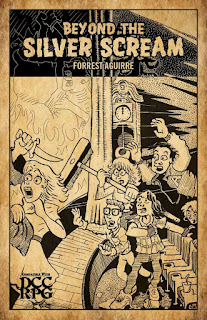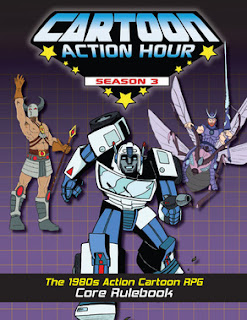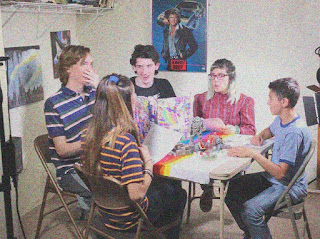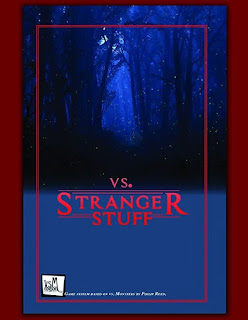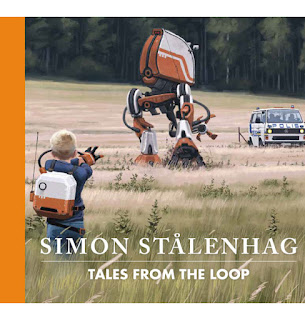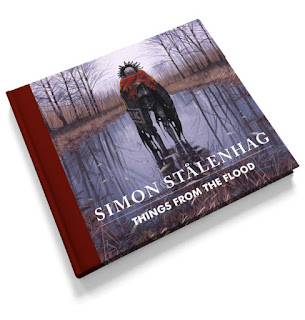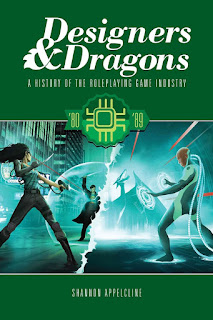 |
| Image: Wikipedia. |
This is post number 19 in the series “30 Days of Tales from the Loop,” a celebration of the game set in an 80s that never was.
Considering it is a staple of 80s kid-focused science fiction and features music by a world-class composer, E.T. The Extra-Terrestrial is a natural for providing music to a Tales from the Loop game. Let’s look at the 1982 release of the soundtrack by John Williams.
Wikipedia tells me that this score won the Academy Award, Golden Globe, Grammy, and BAFTA. The version of the score I’m detailing here was the original release; later editions contain more tracks, and are perhaps more accurate to what we hear on screen, because this release was specially arranged for the album. Each version has fans who like that one best, but I decided to cover this one because (a) it is the oldest, and (b) it contains tracks called “E.T. Phone Home” and “Over the Moon.” I wanted to make sure I had those tracks! (After reading more about the differences in the scores, I now believe the later albums also contain this music, but I wasn’t sure at first.)
Let’s get on to the track analysis…
- Three Million Light Years From Home. Uneventful but pleasant music of rising anticipation. Good for playing while the Kids are exploring somewhere new.
- Abandoned and Pursued. This is a more exciting track with an undertone of threat. Play it when the bad guys are coming! Unless the bad guys are monsters—then you’ll need something more scary.
- E.T. and Me. This track is pleasant, melodic, and low-key but happy. Use it for just about any pleasant interaction.
- E.T.’s Halloween. As you might guess from the title, this track is whimsical and fun. Use it for any silly scene.
- Flying. This piece uses the recognizable E.T. theme as its base, and is light and happy and triumphant. You might want to skip it if you think your players will joke about E.T. being in their game, but if not, use it for a pleasant scene and revel in the nostalgia.
- E.T. Phone Home. A soft, slow piece, maybe useful for a scene of Everyday Life at home.
- Over the Moon. Another track of rising action, with only a trace of impending menace in the last minute.
- Adventure On Earth. This is a 15-minute track that includes several of the themes we heard in the previous tracks. It starts off with a feeling of intrigue plus a hint of approaching menace, and generally sticks with that approach throughout. It’s pretty useful as general background music.
